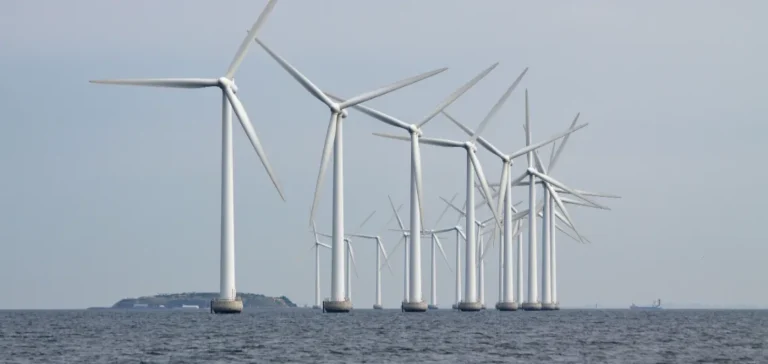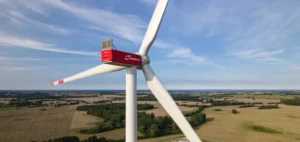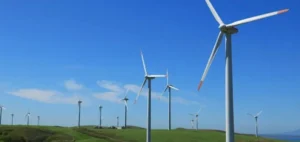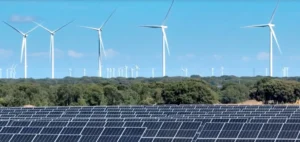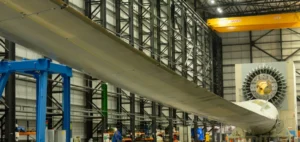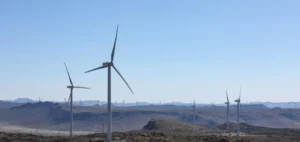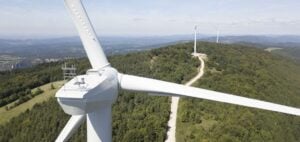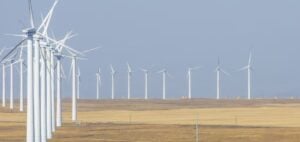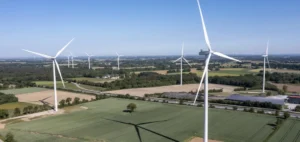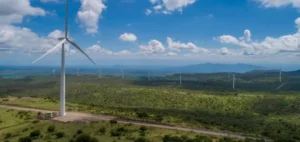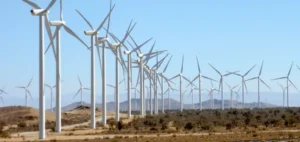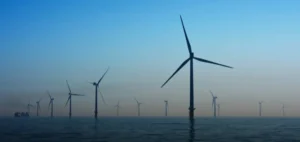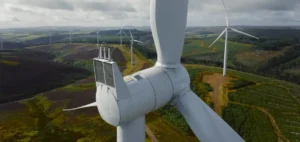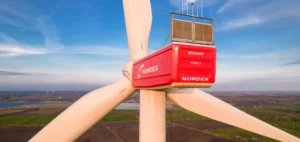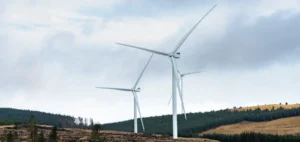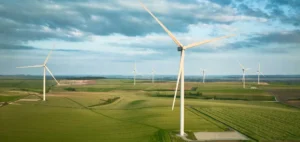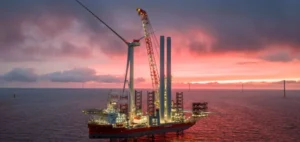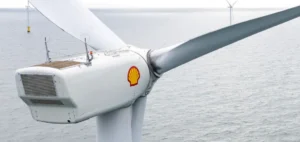The South Korean government has confirmed the allocation of 689 megawatts (MW) of capacity under the 2025 public offshore wind auction, while rejecting all projects that planned to use foreign turbines. This decision, announced by the Ministry of Trade, Industry and Energy, reflects a clear intent to support the national supply chain in a sector valued at several hundred trillion won by 2030.
Technology choices oriented towards domestic industry
The four projects selected in the public segment all proposed, with the exception of one pilot site, the integration of South Korean turbines supplied by Doosan Enerbility. These 10 MW models, recently developed, are now entering the commercial market. In contrast, the two projects submitted under the general category, which aimed to secure around 750 MW of capacity, were rejected, mainly due to their reliance on foreign-made or foreign-technology turbines.
The selected developers will benefit from a fixed purchase tariff for electricity over twenty years, securing their long-term profitability and encouraging investment. This measure is part of an industrial policy strategy designed to align the country’s energy objectives with its manufacturing capacities.
Towards greater technological sovereignty in offshore wind
South Korea aims to deploy 14 gigawatts (GW) of offshore wind capacity by 2030. To achieve this, the government estimates investment requirements at about KRW100tn ($73.12bn). Within this framework, reducing dependence on foreign components has become a strategic priority. The ministry indicated that future auctions will include stricter criteria related to technological security and local participation in the value chain.
Doosan Enerbility thus appears as a direct beneficiary of this policy, now positioned as a key player in South Korea’s industrial energy transition. The development of critical components domestically is seen as a lever to strengthen the nation’s energy autonomy while supporting local employment.
A message to investors and foreign equipment suppliers
This regulatory orientation sends a clear signal to international developers: participation in South Korea’s offshore wind market will require deeper integration into the local industrial network. Several European groups, historically active in the region, may face restricted access unless they adapt to these localisation requirements.
The strengthening of non-price criteria in the allocation procedures is expected to reshape the competitive structure of upcoming tenders. By prioritising domestic production, the government seeks to safeguard its strategic interests in a sector considered critical for energy security and technological independence.


